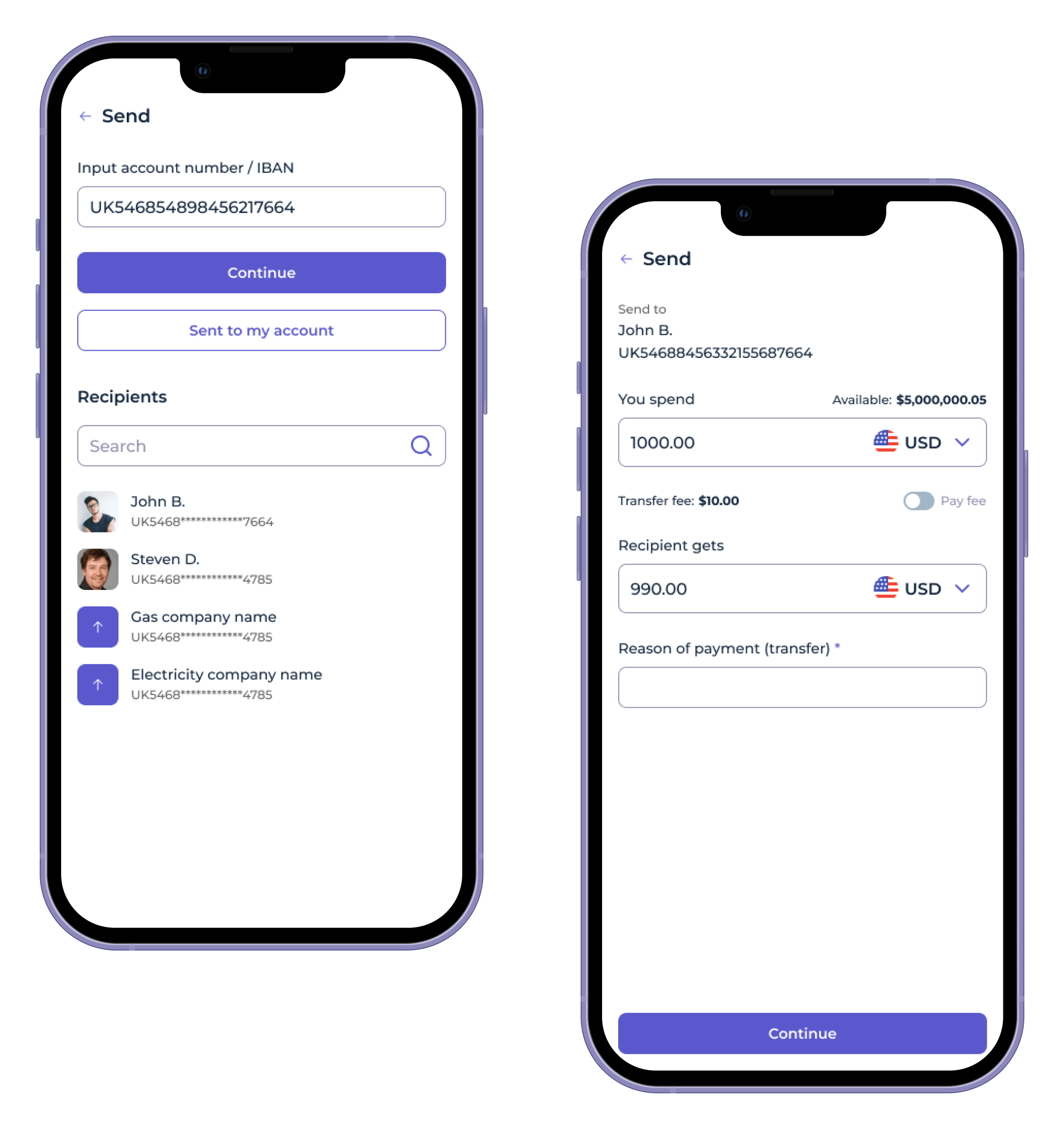What is ISO 20022?
ISO 20022, pronounced ‘ISO twenty-oh-two-two’, is an international standard for exchanging electronic messages between financial institutions. First introduced in 2004, ISO 20022 was created to give the financial industry a common platform for developing messages using a modelling methodology, a central dictionary, and a set of XML and ASN.1 design rules.
You may also like ‘ISO 20022 for Dummies’.
SWIFT ISO 20022
In the coming years, banks globally will migrate from legacy SWIFT MT financial messaging to the highly structured and data-rich ISO 20022 standard. The flexible framework provides an internationally agreed business message syntax and semantics. User communities and message developers will use the same message structure, form, and meaning to relay financial transaction information worldwide.

Source: RedCompass Labs
Open Banking, Real-Time Gross Settlement (RTGS) system renewal, and Instant Payments have propelled the payments industry forward in recent years. All of these developments affect financial institutions and require resources and investments to implement. The migration to the new systems and standards such as ISO 20022, in particular, will have a profound impact on banks, corporations, and anyone with a stake in the payments business.
The new global language of financial messaging will increase interoperability by supporting non-Latin alphabets, following XML-based approaches, and harmonizing formats that could not previously work with one another. ISO 20022 messages can be grouped based on data components from different payment methods. The standard applies to routing of domestic, cross-border, ACH, real-time, and high-value payments.
Financial institutions can leverage ISO 20022’s increased interoperability to increase efficiency while reducing costs and exposure to risk. Improved data quality, enhanced STP and reconciliation, and higher automation enables the development of value-adding ISO 20022-based services and effective fraud-detection methods. SWIFT estimates that if announced deadlines are met, 79% of high-value payments by volume and 87% by value will already have migrated to ISO 20022 by 2023.
Source: SWIFT
ISO 20022 implementation challenges
The benefits of ISO 20022 come with a price: each and every character in a financial message has to be 100% correct and aligned with the specifications. The format is validated at several steps along the communication channel chain on the sending and receiving sides. Even a single missing colon could result in a multi-million transfer being rejected or delayed for days.
The diversity and complexity of ISO 20022 migration present major challenges for banks, payments companies, and corporations relying on legacy infrastructure. Some outdated systems are unsuitable for the new standard. Financial institutions may need to invest in a complete technological transformation to use new message processing capabilities.
The new standard enables more efficient management of Nostro reconciliation, exception handling, billing reporting, and AML checks once financial institutions adapt and improve their infrastructure to handle larger volumes of ISO 20022 payments data at a faster rate. To capture these opportunities, industry players need to make sure that their clients and employees have a thorough understanding of the new standard through education, management, and monitoring.
The complexity of the ISO 20022 migration means that top management will need to actively back the adoption efforts with constructive participation from technology departments and software partners. “To see it as just another IT project is to dramatically underestimate the key components and overall importance of the migration.” – Sulabh Agarwal, the Managing Director of Global Payments at Accenture.
An initial priority for many financial companies should be to evaluate their long-term strategy and work with payments software providers to kick-start their ISO 20022 migration early. With an early start, institutions can fully understand and capitalize on the benefits of the new standards and roll out streamlined processes, efficient products, and enhanced service before their competitors.

Source: SWIFT, Fineksus
ISO 20021 implementation timeline
High-Value Payments Systems (HVPS) worldwide have already migrated to ISO 20022 to capture these benefits, including those in Japan, Switzerland, and China. Other countries are on track to adopt the new common standard in the coming years. However, as many international financial institutions reallocate resources to deal with the global COVID-19 pandemic’s more immediate consequences, SWIFT decided to delay its migration to ISO 20022 by one year to November 2022.
In response to SWIFT’s decision to delay, the implementation timelines have shifted accordingly across the entire financial industry. The ECB, EBA Clearing, the Bank of England, the Federal Reserve Bank, Hong Kong, and Malaysia have delayed their implementations until 2022 in most cases.
Although ISO 20022 has certainly been identified as the common international standard for financial messaging, the implementation remains uncertain. As the world recovers from the pandemic and migration efforts continue, financial institutions will need to dedicate time and resources over a sustained period to gain knowledge and expertise for a successful migration to ISO 20022.
The complexity of implementing ISO 20022 requirements is a significant challenge that offers the opportunity for financial institutions to re-evaluate their business models and prepare their infrastructure for the digital future of payments.



